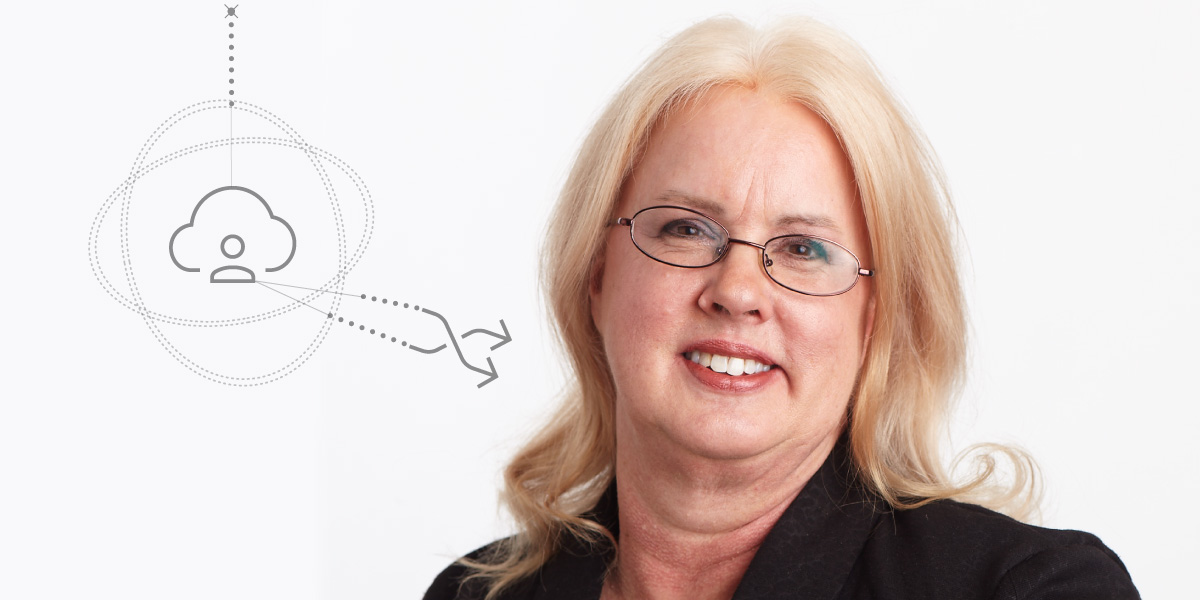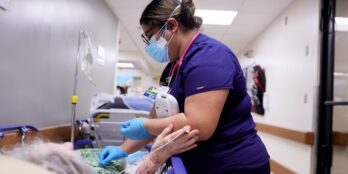
A Few Extra Minutes Makes a World of Difference
 4 min
4 min
A recent survey of healthcare workers from around the globe found that over half believe having access to better technology could help save lives.
Why? Better technology leads to better, more in-depth data and, subsequently, better insights. With superior technology, data and insights, nurses gain time, empowering them to spend less of their day on manual paperwork and more of it actually caring for patients.
Time is a non-renewable resource that we can’t get back. For nurses, time – and the way they spend their time – can be the difference between life and death or, at least, the make-or-break factor in a patient’s overall wellbeing. No one understands this better than Coral Lindahl, a Corporate Nurse at Fairview-Ebenezer.
Mastering the balance between paperwork & time with patients
Coral was experiencing a problem that many nurses do: navigating the tension between daily paperwork and documentation, and time spent caring for the patients themselves.
Once Fairview-Ebenezer implemented PointClickCare’s Carequality, a national-level health data framework that enables healthcare providers to exchange clinical data and patient history, Coral and her staff felt an immediate reduction in time spent on paperwork and a decrease in medical errors.
Using the keyword search functionality in the framework, a nurse can look for specific information – whether it’s the patient’s history of head trauma, recent falls, UTIs, etc. – much earlier on in the process. Without Carequality, nurses would often have to manually sift through 40-50 pages of documents to find this one piece of information.
Additionally, the technology has eliminated a huge step when it comes to accessing a provider’s notes from a patient visit. What normally had to be printed and faxed can now be uploaded directly into the patient’s medical record. According to Coral, this saves ‘days’ worth of time.’
Using technology to give patients what they need most: quality time
With more time to spare and easy access to health data, healthcare professionals can better serve patients, develop a plan of action much faster (even proactively) and intervene in critical situations sooner. Any time the nurse can leave their computer and be at a patient’s bedside, the patient benefits.
From Coral’s point of view, “There is nothing worse for a nurse than feeling rushed when caring for someone. For many of our residents, all they want is for a nurse to sit with them, hold their hand, and talk to them. At the same time, that nurse knows the clock is ticking, and they still have a ton of work to do in addition to caring for all their other patients. The guilt of that can be unbearable, and it takes a toll.
I once had a resident who was so excited to tell me her life story. By the end of it, she had tears running down her face, and she said, ‘I never thought I’d get to tell my story ever again.’ Those moments meant everything to her—and there are so many others just like her, who are all alone and for whom patient care isn’t just about medications and diagnoses.
As a nurse, you start to ask, ‘what’s more important than those moments?’ We go into nursing to take care of people, and that’s where our heart is—not in documentation.”
An invaluable resource
Coral’s story is powerful and proves the impact that good technology can have on a patient’s life and wellbeing. The benefits may appear intangible on a balance sheet but are invaluable to those receiving care.
With more streamlined documentation practices, nurses spend the time they would have spent on paperwork with patients – holding their hands, drying their tears and laughing with them. As Coral explained, “that’s just as much a part of nursing as anything else.”
May 21, 2021






